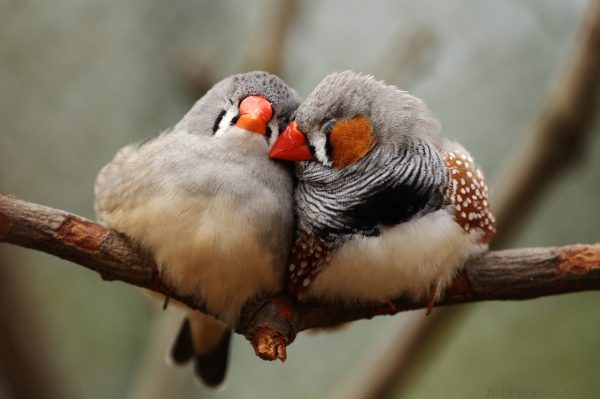BirdNote
In 2004, Chris Peterson, the executive director of Seattle Audubon, dreamed up an idea to boost appreciation for birds: broadcast amazing stories about them on the local public radio station. BirdNote would feature two-minute essays—written by birdwatchers, vetted by ornithologists, and filled with sounds from the Cornell Lab of Ornithology’s library. Fourteen years and 1,500 essays later, BirdNote is broadcast daily on stations across the nation, with 1.3 million listeners. The book BirdNote: Chirps, Quirks, and Stories of 100 Birds From the Popular Public Radio Show (Sasquatch Books, 2018) pairs 100 of those essays with charming illustrations by artist Emily Poole. Each essay is brief but packed with wit and fascinating science. Read more [Appeared in Sierra Magazine]








